
Developed in collaboration with the VTE Specialist Network (formally NNMN), and presented by Rebecca Locke and Carol Law, the series of four introductory training films on VTE prevention and management are intended for new and hospital ward staff.

Ensuring people get the right care, in the right place, at the right time across the health and social care system is the key to making it sustainable and effective, and developing a shared vision about how to do this across health and care locally will improve everyone’s health and wellbeing now and in the future.
With this in mind the National Institute for health and Care Excellence (NICE) has developed to highlight how using NICE guidance, quality standards, advice and practical tools will help tackle the priorities that have been identified by sustainability and transformation partnerships (STP) or integrated care systems (ICS).
Cancer is the highest single risk factor for thrombosis.
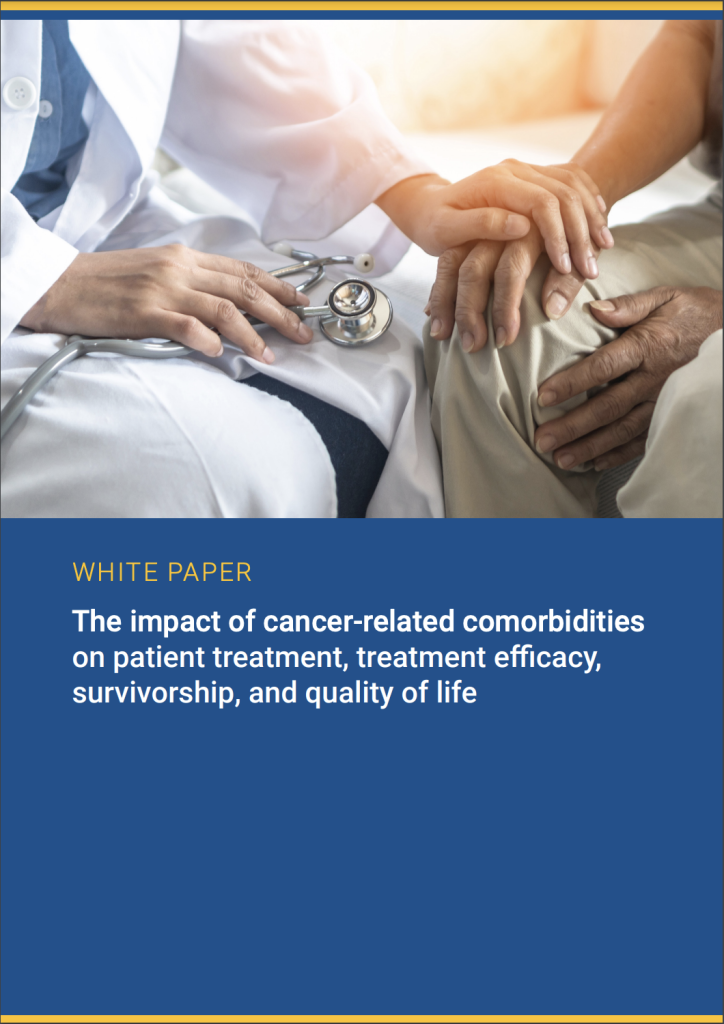
The impact of cancer-related comorbidities on patient treatment, treatment efficacy, survivorship, and quality of life
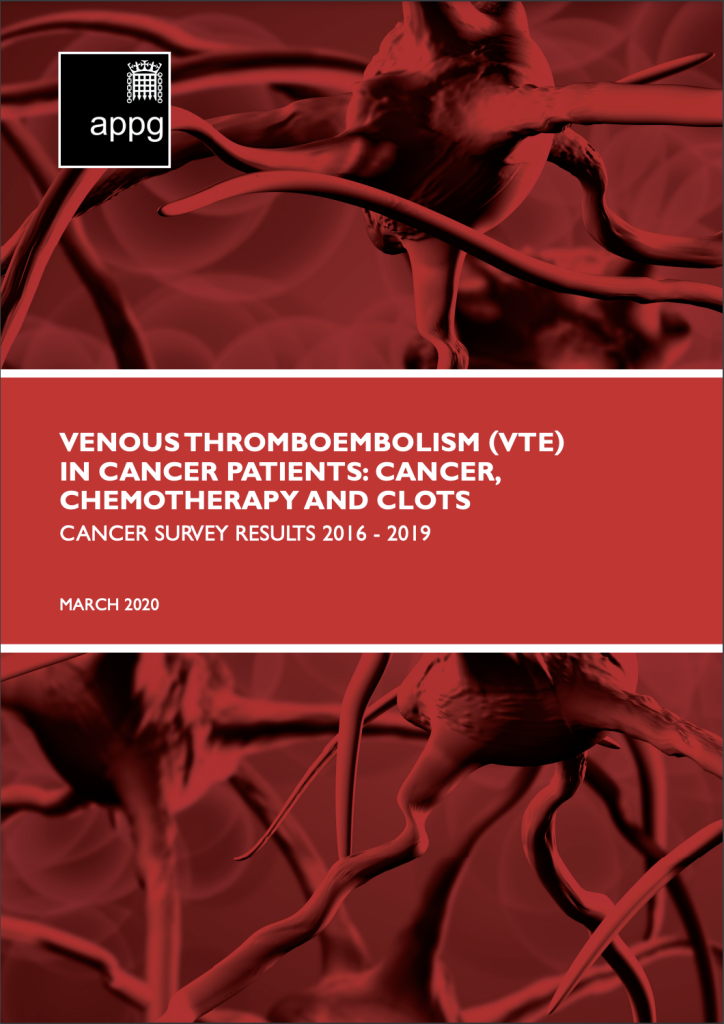
The impact of cancer-related comorbidities on patient treatment, treatment efficacy, survivorship, and quality of life

Isabell Mahe, Jean Chidiac, Mickael Pinson, Parinita Swarnkar, Anne Marie Nelson, Simon Noble – May 2020

events White Simon Noble Flavia Swan Max Watson Victoria Allgar Eoin Napier Annmarie Nelson Miriam J Johnson
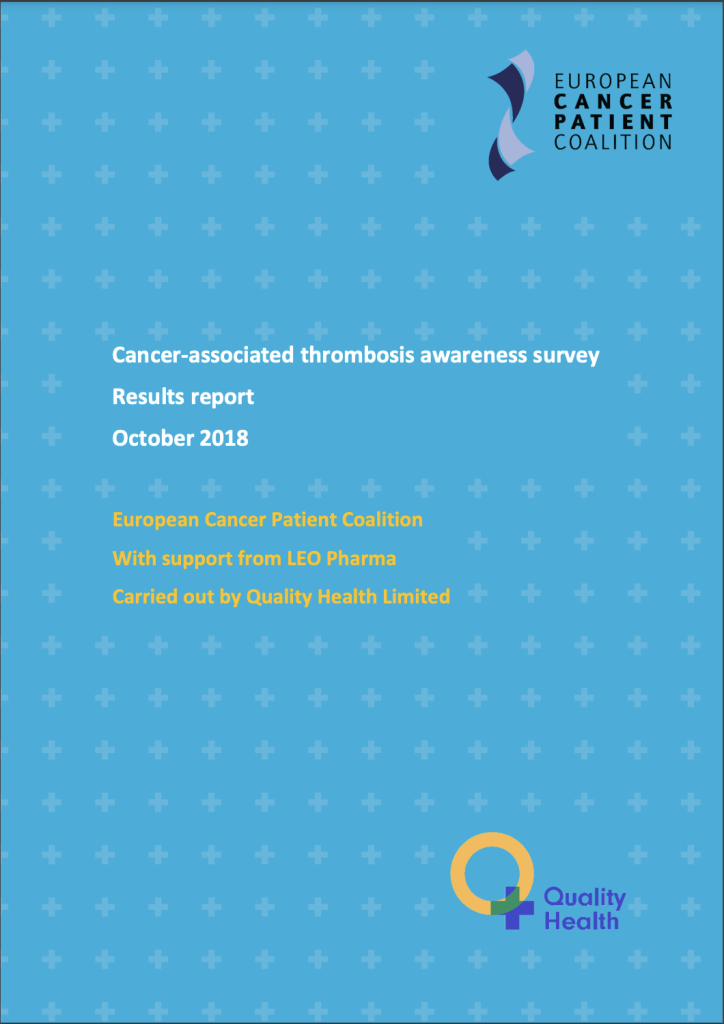
European Cancer Patient Coalition
With support from LEO Pharma
Carried out by Quality Health Limited
Clots can occur at any stage of pregnancy and up to 12 weeks after delivery.
Risk factors that may increase VTE risk in pregnancy and postpartum include:
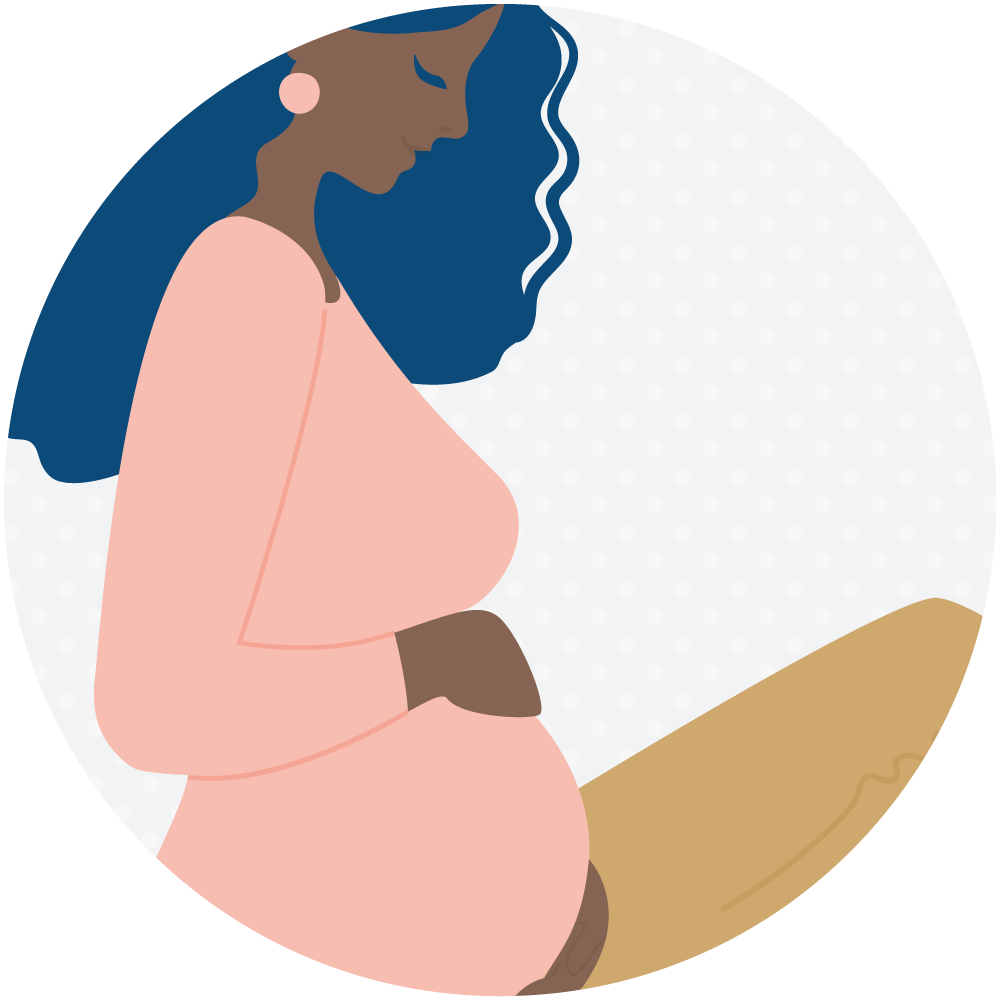
You can see more information on out Let’s Talk Clots app.
After you leave the hospital, there is a risk that you may develop a blood clot. See a doctor or go to A&E immediately if you have any new redness, pain or swelling in your legs, have difficulty breathing, feel faint, cough up blood or have chest pain. For information on blood clots and how to reduce the risk, visit thrombosisuk.org and download the app ‘Let’s Talk Clots’.
Being admitted to a hospital can increase your risk of developing a blood clot. Tell a doctor or nurse immediately if you have any new redness, pain or swelling in your legs, have difficulty breathing, feel faint, cough up blood or have chest pain. For information on blood clots and how to reduce the risk, visit thrombosisuk.org and download the app ‘Let’s Talk Clots’.
Hospital admission can increase your risk of developing a blood clot. Tell a doctor or nurse or go to A&E immediately if you have any new redness, pain or swelling in your legs, have difficulty breathing, feel faint, cough up blood or have chest pain. For information on blood clots visit thrombosisuk.org and download the app ‘Let’s Talk Clots’.
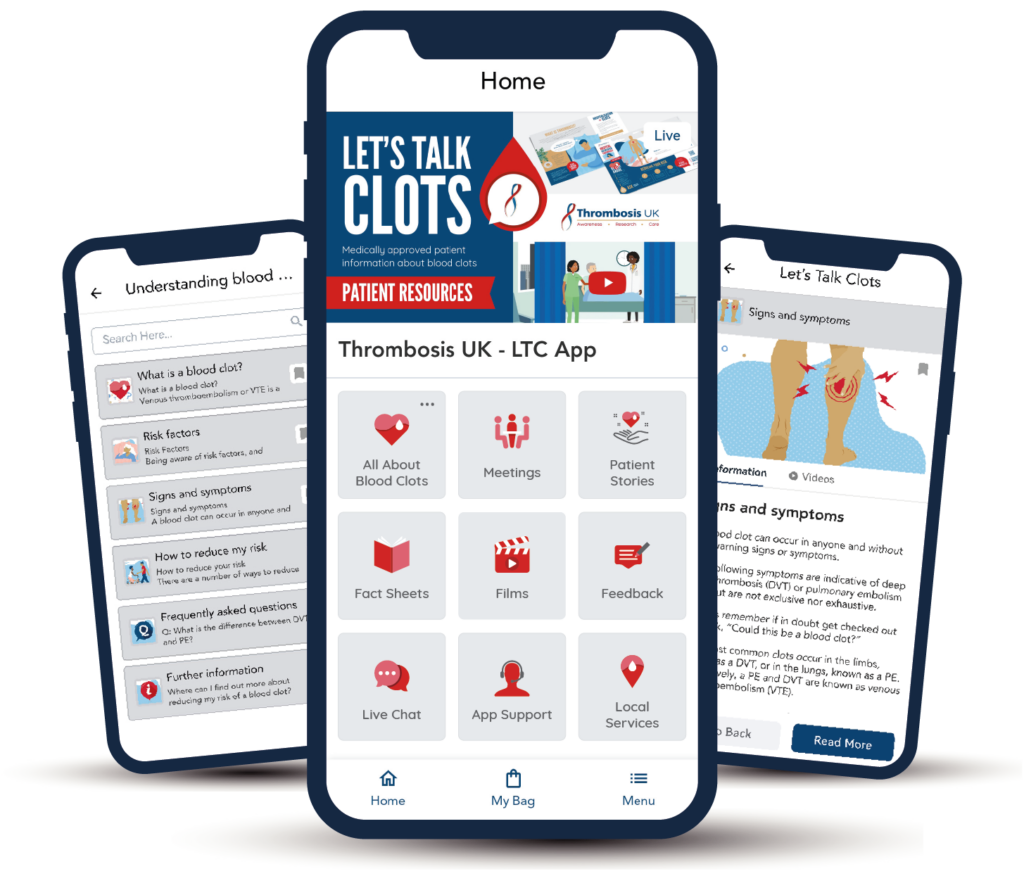
Applications are accepted on the basis that Thrombosis UK can share the content with external judges who will assist us with assessments. Service models, resources and working processes of successful Thrombosis UK VTE Award winners will be uploaded to the Thrombosis UK website and shared via publications, social media, and other opportunities.
When completing your application form, you should use lay language and answer each question in a concise manner.
Please keep to any word limits given.
All sections need to be completed, if any section is removed, omitted or incomplete, we cannot process the application.
Applications need to be submitted via email to: [email protected] You will receive a notification of receipt within 48 hours of submission. If you do not receive a notification, please email [email protected]
The closing date for applications is 1st February 2025
We are unable to consider late applications.
Thrombosis UK has a strict data protection policy that complies with UK data protection law.
Your name and contact details may be stored for up to 12 months in order for correspondence relating to your application be appropriately processed.
We wish to make you aware that your name and contact details, as included on your completed application form, will be viewed by the Thrombosis UK appointed Judging Panel solely for the purpose of reviewing and assessing your completed application. If your nomination is short listed, a representative from Thrombosis UK will then seek your permission to include your name on the summary paragraph included in the awards brochure and on the Thrombosis UK website.
Thrombosis UK takes security and confidentiality very seriously. Your name and contact details will never be passed or shared with any third party or an unauthorised individual. If you have any queries, please contact: [email protected]
Applications are accepted on the basis that Thrombosis UK can share the content with external judges who will assist us with assessments. Service models, resources and working processes of successful Thrombosis UK VTE Award winners will be uploaded to the Thrombosis UK website and shared via publications, social media, and other opportunities.
When completing your application form, you should use lay language and answer each question in a concise manner.
Please keep to any word limits given.
All sections need to be completed, if any section is removed, omitted or incomplete, we cannot process the application.
Applications need to be submitted via email to: [email protected] You will receive a notification of receipt within 48 hours of submission. If you do not receive a notification, please email [email protected]
The closing date for applications is 1st February 2025
We are unable to consider late applications.
Thrombosis UK has a strict data protection policy that complies with UK data protection law.
Your name and contact details may be stored for up to 12 months in order for correspondence relating to your application be appropriately processed.
We wish to make you aware that your name and contact details, as included on your completed application form, will be viewed by the Thrombosis UK appointed Judging Panel solely for the purpose of reviewing and assessing your completed application. If your nomination is short listed, a representative from Thrombosis UK will then seek your permission to include your name on the summary paragraph included in the awards brochure and on the Thrombosis UK website.
Thrombosis UK takes security and confidentiality very seriously. Your name and contact details will never be passed or shared with any third party or an unauthorised individual. If you have any queries, please contact: [email protected]
Applications are accepted on the basis that Thrombosis UK can share the content with external judges who will assist us with assessments. Service models, resources and working processes of successful Thrombosis UK VTE Award winners will be uploaded to the Thrombosis UK website and shared via publications, social media, and other opportunities.
When completing your application form, you should use lay language and answer each question in a concise manner.
Please keep to any word limits given.
All sections need to be completed, if any section is removed, omitted or incomplete, we cannot process the application.
Applications need to be submitted via email to: [email protected] You will receive a notification of receipt within 48 hours of submission. If you do not receive a notification, please email [email protected]
The closing date for applications is 1st February 2025
We are unable to consider late applications.
Thrombosis UK has a strict data protection policy that complies with UK data protection law.
Your name and contact details may be stored for up to 12 months in order for correspondence relating to your application be appropriately processed.
We wish to make you aware that your name and contact details, as included on your completed application form, will be viewed by the Thrombosis UK appointed Judging Panel solely for the purpose of reviewing and assessing your completed application. If your nomination is short listed, a representative from Thrombosis UK will then seek your permission to include your name on the summary paragraph included in the awards brochure and on the Thrombosis UK website.
Thrombosis UK takes security and confidentiality very seriously. Your name and contact details will never be passed or shared with any third party or an unauthorised individual. If you have any queries, please contact: [email protected]
Applications are accepted on the basis that Thrombosis UK can share the content with external judges who will assist us with assessments. Service models, resources and working processes of successful Thrombosis UK VTE Award winners will be uploaded to the Thrombosis UK website and shared via publications, social media, and other opportunities.
When completing your application form, you should use lay language and answer each question in a concise manner.
Please keep to any word limits given.
All sections need to be completed, if any section is removed, omitted or incomplete, we cannot process the application.
Applications need to be submitted via email to: [email protected] You will receive a notification of receipt within 48 hours of submission. If you do not receive a notification, please email [email protected]
The closing date for applications is 1st February 2025
We are unable to consider late applications.
Thrombosis UK has a strict data protection policy that complies with UK data protection law.
Your name and contact details may be stored for up to 12 months in order for correspondence relating to your application be appropriately processed.
We wish to make you aware that your name and contact details, as included on your completed application form, will be viewed by the Thrombosis UK appointed Judging Panel solely for the purpose of reviewing and assessing your completed application. If your nomination is short listed, a representative from Thrombosis UK will then seek your permission to include your name on the summary paragraph included in the awards brochure and on the Thrombosis UK website.
Thrombosis UK takes security and confidentiality very seriously. Your name and contact details will never be passed or shared with any third party or an unauthorised individual. If you have any queries, please contact: [email protected]
Applications are accepted on the basis that Thrombosis UK can share the content with external judges who will assist us with assessments. Service models, resources and working processes of successful Thrombosis UK VTE Award winners will be uploaded to the Thrombosis UK website and shared via publications, social media, and other opportunities.
When completing your application form, you should use lay language and answer each question in a concise manner.
Please keep to any word limits given.
All sections need to be completed, if any section is removed, omitted or incomplete, we cannot process the application.
Applications need to be submitted via email to: [email protected] You will receive a notification of receipt within 48 hours of submission. If you do not receive a notification, please email [email protected]
The closing date for applications is 1st February 2025
We are unable to consider late applications.
Thrombosis UK has a strict data protection policy that complies with UK data protection law.
Your name and contact details may be stored for up to 12 months in order for correspondence relating to your application be appropriately processed.
We wish to make you aware that your name and contact details, as included on your completed application form, will be viewed by the Thrombosis UK appointed Judging Panel solely for the purpose of reviewing and assessing your completed application. If your nomination is short listed, a representative from Thrombosis UK will then seek your permission to include your name on the summary paragraph included in the awards brochure and on the Thrombosis UK website.
Thrombosis UK takes security and confidentiality very seriously. Your name and contact details will never be passed or shared with any third party or an unauthorised individual. If you have any queries, please contact: [email protected]
Applications are accepted on the basis that Thrombosis UK can share the content with external judges who will assist us with assessments. Service models, resources and working processes of successful Thrombosis UK VTE Award winners will be uploaded to the Thrombosis UK website and shared via publications, social media, and other opportunities.
When completing your application form, you should use lay language and answer each question in a concise manner.
Please keep to any word limits given.
All sections need to be completed, if any section is removed, omitted or incomplete, we cannot process the application.
Applications need to be submitted via email to: [email protected] You will receive a notification of receipt within 48 hours of submission. If you do not receive a notification, please email [email protected]
The closing date for applications is 1st February 2025
We are unable to consider late applications.
Thrombosis UK has a strict data protection policy that complies with UK data protection law.
Your name and contact details may be stored for up to 12 months in order for correspondence relating to your application be appropriately processed.
We wish to make you aware that your name and contact details, as included on your completed application form, will be viewed by the Thrombosis UK appointed Judging Panel solely for the purpose of reviewing and assessing your completed application. If your nomination is short listed, a representative from Thrombosis UK will then seek your permission to include your name on the summary paragraph included in the awards brochure and on the Thrombosis UK website.
Thrombosis UK takes security and confidentiality very seriously. Your name and contact details will never be passed or shared with any third party or an unauthorised individual. If you have any queries, please contact: [email protected]